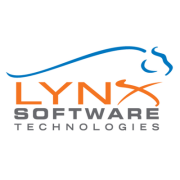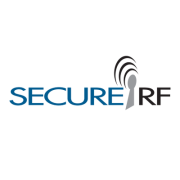IoT Security focuses on safeguarding connected devices and networks in the Internet of Things ecosystem from threats and vulnerabilities. Effective IoT Security solutions are crucial to protect data integrity and ensure seamless operation.
Advanced IoT Security solutions offer comprehensive protection for interconnected devices, addressing diverse challenges. With the increase in smart devices, businesses face risks from malicious activities. Leading solutions provide enhanced threat detection and response, ensuring data remains secure across all platforms. Integration capabilities simplify deployment, while analytics offer valuable insights into device performance and security status.
What are the critical features of IoT Security solutions?In industries like healthcare, IoT Security safeguards patient data and ensures the reliability of medical devices. In manufacturing, it protects critical operational technology from cyber threats. Retailers use IoT Security to secure payment information and increase trust with consumers.
Organizations benefit from IoT Security by minimizing risks associated with connected devices, ensuring data protection, and enhancing operational integrity. This leads to improved stakeholder confidence and secure business operations in the digital age.
| Product | Market Share (%) |
|---|---|
| Nozomi Networks | 27.2% |
| Armis | 17.1% |
| Microsoft Defender for IoT | 11.8% |
| Other | 43.900000000000006% |








































Implementing device authentication in IoT Security involves establishing a secure method for devices to verify each other before communication. Use digital certificates or cryptographic keys to authenticate devices, ensuring they belong to your network. Regularly update and manage these credentials to prevent unauthorized access, and consider leveraging IoT platforms offering built-in authentication protocols for seamless integration.
What encryption methods are best for securing IoT data?Encrypting IoT data is crucial for protecting sensitive information. Advanced Encryption Standard (AES) is often recommended due to its robustness and efficiency. Pair AES with transport layer security (TLS) to secure data in transit. Regularly review and update encryption methods to defend against evolving threats, ensuring data confidentiality and integrity.
How does network segmentation enhance IoT Security?Network segmentation divides an IoT environment into smaller, isolated segments, limiting the spread of threats. By placing critical systems in separate segments, you can control data flow and minimize potential attack surfaces. This approach confines issues to specific areas, making it easier to manage security threats and maintain optimal protection across your IoT ecosystem.
Why is threat modeling important in IoT Security?Threat modeling in IoT Security identifies potential vulnerabilities and risks within your network. By assessing how an attacker might exploit your system, you can implement targeted security measures. Regular threat modeling helps prioritize resources by addressing the most significant threats, enhancing your overall security posture and reducing potential downtime.
What role do firmware updates play in IoT Security?Firmware updates are vital for maintaining the security of IoT devices. They address vulnerabilities, patch security flaws, and improve functionality. Regularly updating firmware reduces the risk of exploits, ensures devices remain resilient against new threats, and maintains secure operations. Implement automated update processes to simplify the management of your IoT device's firmware security.